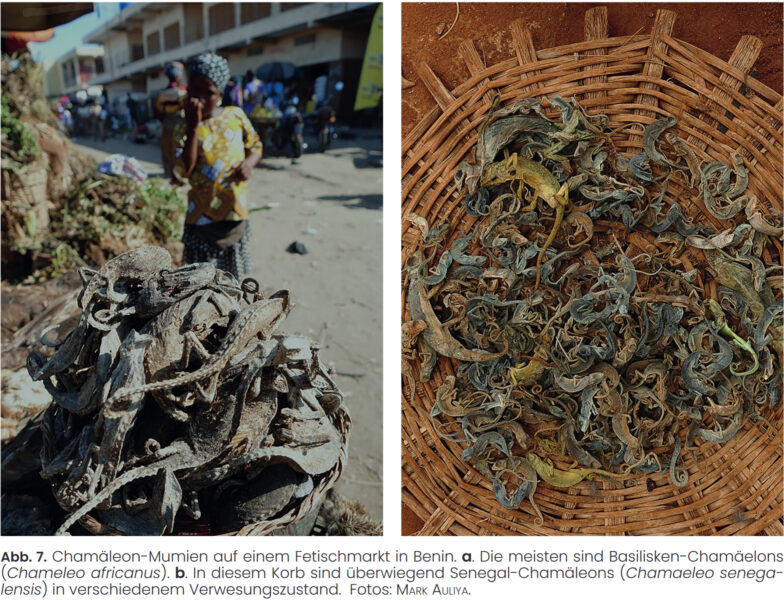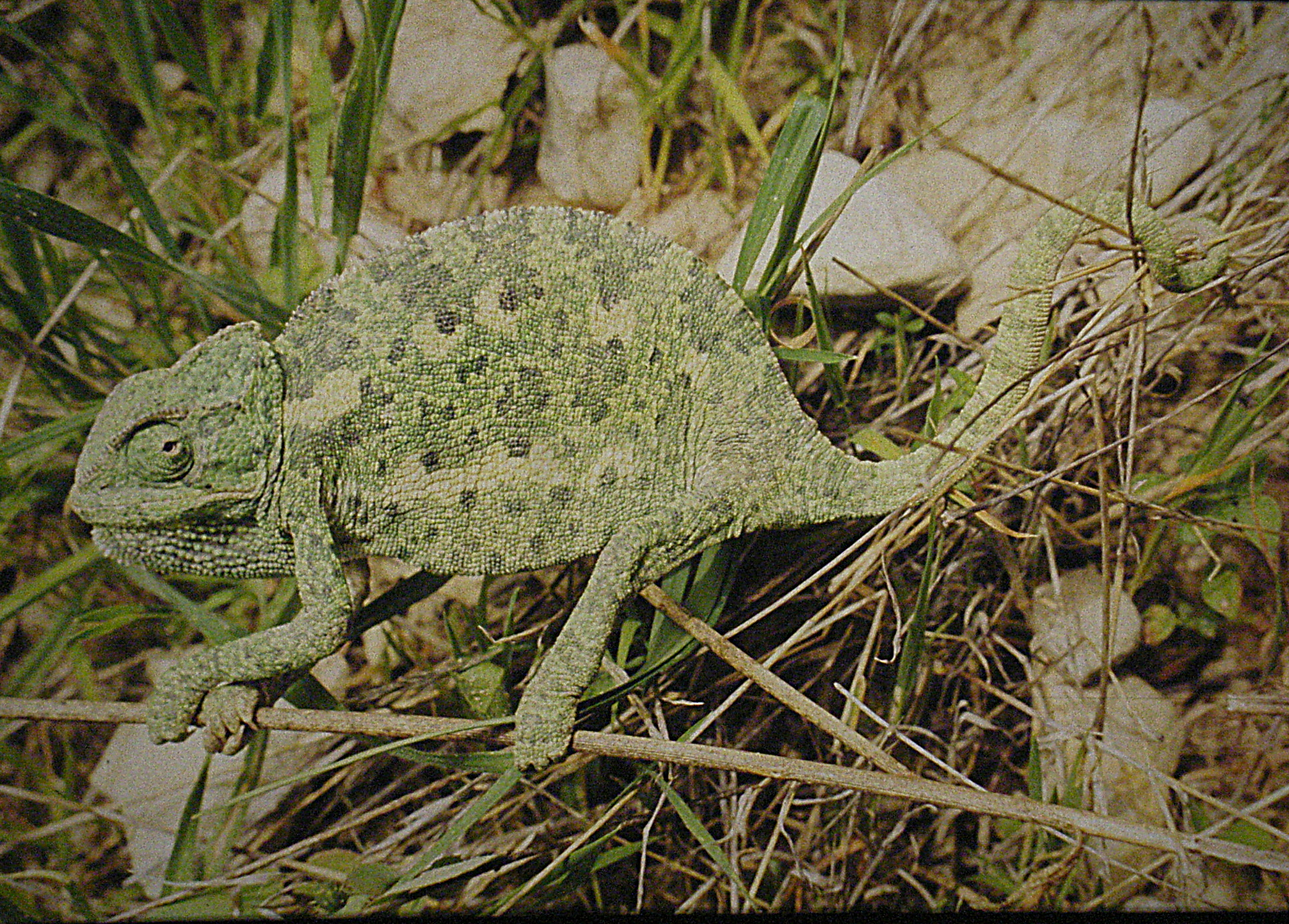Scientists from the African Amphibian Conservation Research Group have analysed the existing literature on the subject. Fortunate M. Phaka also visited six municipal markets in Durban, Johannesburg, Petermaritzburg, Polokwane and Pretoria. At the markets, he searched for amphibians and reptiles sold for medicinal purposes and the names given to them by the vendors. He was able to interview 11 traditional health practitioners in Limpopo, Gauteng and KwaZulu-Natal in detail, from nine of whom he was allowed to take samples of the amphibians and reptiles sold for species identification.
In total, 33 species of reptiles and one species of amphibian used for traditional medicine were identified. Nine of these were found and identified on site during the market visits. The traditional healers interviewed stated that they had either hunted the animal parts themselves, bought them from hunters or taken them from roadkill. Fat and internal organs are removed, the carcasses are rubbed with ash or salt and dried in the sun. Usually, the healers’ customers do not buy complete carcasses, but only small parts of the reptiles on offer. Of the 111 animal samples taken, sufficient DNA to identify the species was obtained from 90 of them. 23% of the samples tested were incorrectly named by the healers.
Chamaeleo dilepis was among the reptile species utilised. No complete chameleon could be found at the markets visited. At the Warwick Muthi Market in KwaZulu-Natal, however, several reptile parts were sampled which, according to DNA comparisons, came from lobed chameleons. Chameleons in general were not identified to species level by the healers. The IsiZulu word unwabu stands for any chameleon.
Barcoding and traditional health practitioner perspectives are informative to monitor and conserve frogs and reptiles traded for traditional medicine in urban South Africa
Fortunate M. Phaka, Edward C. Netherlands, Maarten Van Steenberge, Erik Verheyen, Gontran Sonet, Jean Hugé, Louis H. du Preez, Maarten P.M. Vanhove
Molecular Ecology Resources Vol 25(2), 2025
DOI: 10.1111/1755-0998.13873






